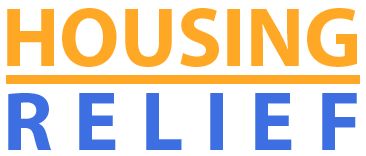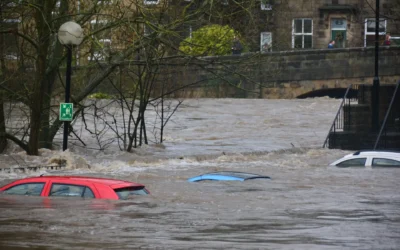Looking for the right homeowner insurance policy? Take a look at this homeowner insurance buying guide first.
Throughout last year, home construction costs rose meteorically owing to factors like labor shortages, inflation, and the pandemic-fueled supply chain slowdown. Many are now hoping that this year will bring some respite so that the market finally improves.
However, savvy homeowners like you know better than to rely on luck alone. Given the circumstances, you need to check out the home insurance buying guide mentioned below so that you can be covered against the unexpected, like a sudden surge in construction expenses.
Buy A Plan That Covers Rising Home Repair Costs
The dwelling coverage is a vital part of the home insurance plan. It pays benefits to rebuild or repair your house for damage inflicted from events that the policy covers, like fires.
So the critical question is: how much should your damage coverage be? It should be equal to what you must pay for repair or reconstruction. This aggregate cost depends on local labor, material, and construction costs.
However, there are certain situations like natural disasters that cause reconstruction costs to rise substantially. The dwelling coverage may be inadequate for such a situation.
Thankfully, there are some insurers out there that provide guaranteed or extended replacement expenses in their insurance plans. These coverage options can accommodate sudden rises in construction expenses when they go beyond the dwelling coverage limit.
There are companies that allow for this optional coverage, such as QBE, Nationwide, Lemonade, Hanover, Farmers, Erie, Cincinnati, Chubb, Auto-Owners, and AIG.
Flood Risk
Flood risk is a major threat to property in the US. Just 15 percent of homes in the US are covered by flood insurance, whereas the FEMA states that floods impacted over 90 percent of counties from 1996 to 2019.
Hence, you should be cognizant that floods are one of the most common natural disasters that threaten your property.
Homeowners will be pleased to know that some of them may be eligible to avail of possibly lower FEMA flood insurance rates thanks to their recent price restructuring.
Adequate Coverage For Natural Disasters
While floods are the most common kind of natural disaster, they aren’t the only type. You will have to be cautious about other kinds of natural disasters that your area may be vulnerable to.
Check your area for seismic activity. You may then want to add earthquake insurance to your plan. Or if your place is susceptible to hurricanes, then you will need to take out a hurricane insurance policy. Before adding in any policy, make sure that you discuss it first with your insurance agent.
Home Inventory
Keep a list of all items in your home. This may sound rather daunting initially, but it will be highly expedient for filing an insurance claim. A home inventory can help you to maximize and expedite your claim.
Bottom Line
The home insurance buying guide shown above will help you to buy the right plan for your needs so that you aren’t alone when it comes to dealing with the unexpected.



